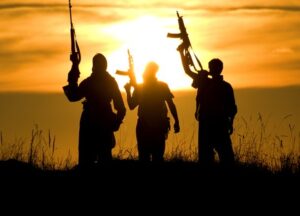Icons of Turkestan: 04 Place you must see
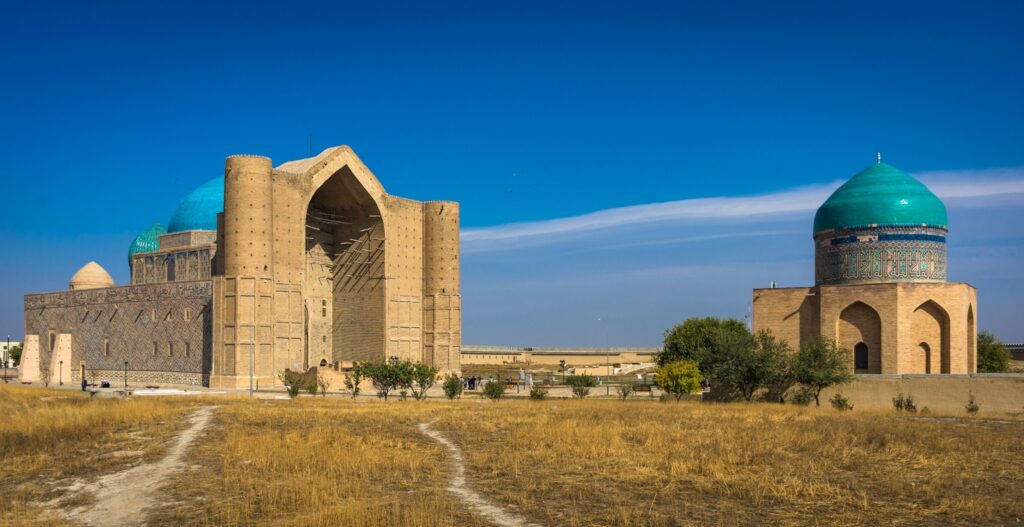
File Photo - Turkestan
04 important Icons of Turkestan includes: Yasawi Mausoleum, Tomb of Rabigha-Sultan, The Juma (Friday) mosque and Ruins of Sauran.
1. Yasawi Mausoleum
The Mausoleum of Khoja Ahmed Yasawi, in the town of Yasi, now Turkestan, is one of key building from Icons of Turkestan, was built at the time of Timur (Tamerlane), from 1389 to 1405. In this partly unfinished building, Persian master builders experimented with architectural and structural solutions later used in the construction of Samarkand, the capital of the Timurid Empire. Today, it is one of the largest and best-preserved constructions of the Timurid period.
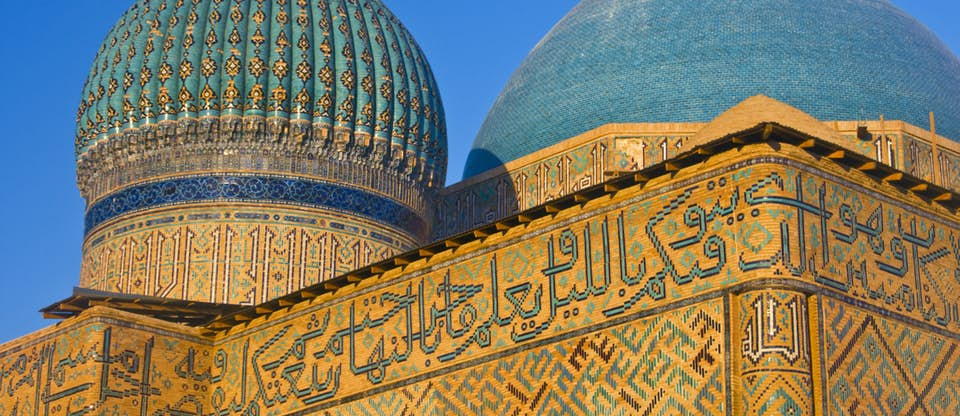
The Mausoleum of Khoja Ahmed Yaswi, a distinguished Sufi master of the 12th century, is situated in southern Kazakhstan, in the north-eastern section of the city of Turkestan (Yasi). Built between 1389 and 1405, by order of Timur (Tamerlane), the ruler of Central Asia, it replaced a smaller 12th century mausoleum. Construction of the building was halted in 1405, with the death of Timur, and was never completed. The property (0.55 ha) is limited to the mausoleum, which stands within a former citadel and the archaeological area of the medieval town of Yasi; the latter serves as the buffer zone (88.15 ha) for the property.
Rectangular in plan and 38.7 meters in height, the mausoleum is one of the largest and best-preserved examples of Timurid construction. Timur, himself, is reported to have participated in its construction and skilled Persian craftsmen were employed to work on the project.
2. Tomb of Rabigha-Sultan
This small building with a tiled turquoise dome is actually a replica of the 15th century original (which was torn down in 1898).
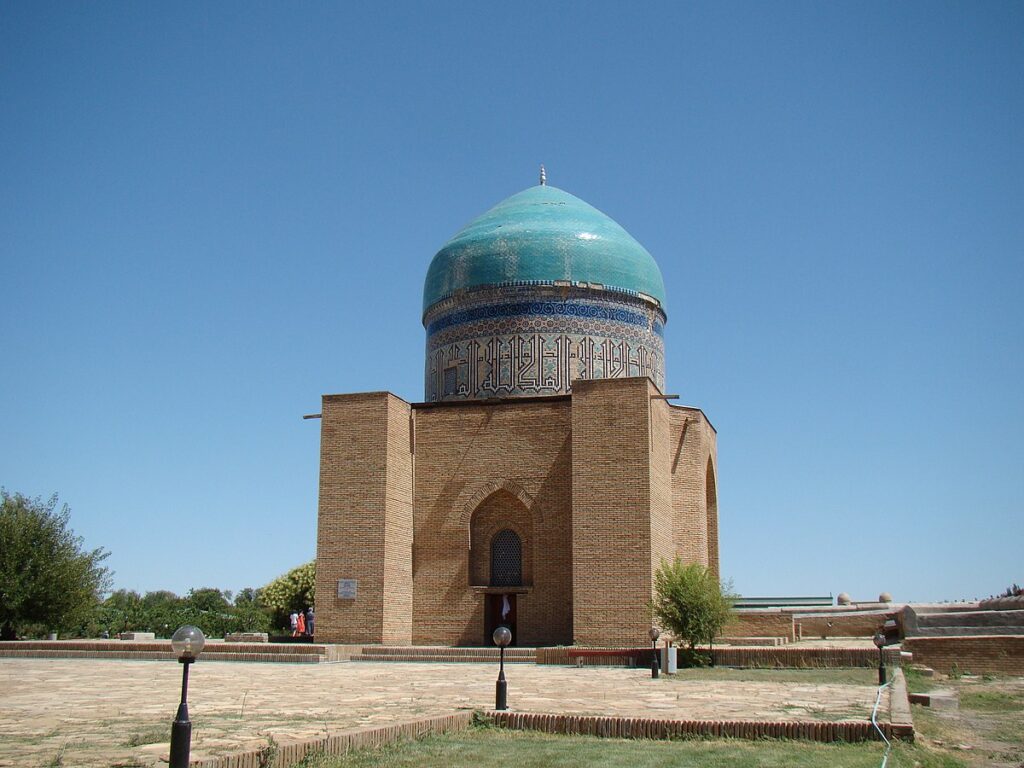
Rabigha-Sultan Begum was a great-granddaughter of Timur whose husband, Abylkayyr Khan, a 15th-century leader of the then-nomadic Uzbeks, put the finishing touches to the structure of the Yasaui Mausoleum’s facade.
3. The Juma (Friday) mosque
The Juma (Friday) mosque was built in 1878. It is in a structure that appears to be a house rather than a mosque. This is not a practicing mosque, and seemed more of a museum. It had external exhibits which included a catapult, canons and a wooden cart. The exhibits on the interior related to items that were used in the old mosque when it was functioning. This included, wooden columns, furniture, books, mat and brass containers for hand and face washing.
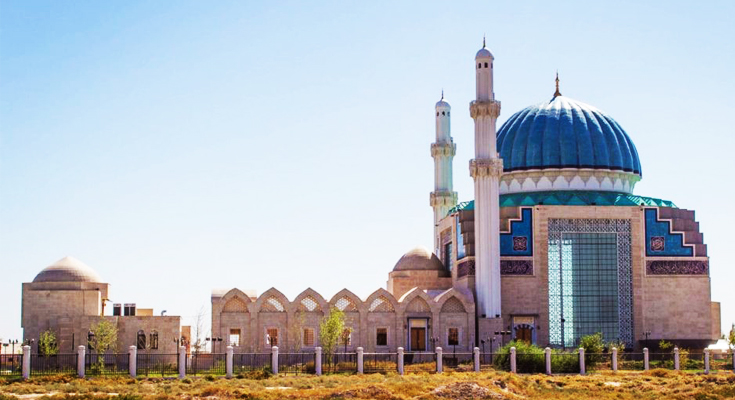
The mosque is included in the entry fee to the historical area. You can be in and out in ten minutes, as the displays were not very impressive. The underground mosque is opposite this building and the old bath house a short walk away on a path.
4. Ruins of Sauran
The fourth one from the Icons of Turkestan is just off the highway from Turkistan to Kyzylorda, in the province of South Kazakhstan, lies an intriguing reminder of times past. Sauran was once the biggest city in Kazakhstan, but history abandoned it for a new lover.
Today, a large, romantic ruins remain. When entering through the large gates of the city, it’s immediately clear that Sauran was at one point a major node on the Silk Road.
The expansive grass-covered ruins have been partly dug out, revealing a sophisticated system of underwater canals that kept this oasis thriving. Some restorative work has been carried out, clarifying the lay-out of the ancient city.

The city shifted its location on several occasions due to the changing course of the Syr Darya, on which it depended for water. Sauran has been mentioned in writing since the 10th century, but this location seems to have been inhabited from the 13-14th century until the 18th century.
It was one of only a few cities that survived the Mongol onslaught. The city administrators must have learned their lesson from nearby Otrar, which taunted the Mongols and was subsequently razed to the ground, with all inhabitants killed.
As empires waxed and waned, Sauran adapted, becoming the capital of the Mongol White Horde, and later, a military fortress under Tamerlane. In the end, people gradually abandoned it, probably because of a lack of water. Nearby Turkistan gained in importance.

